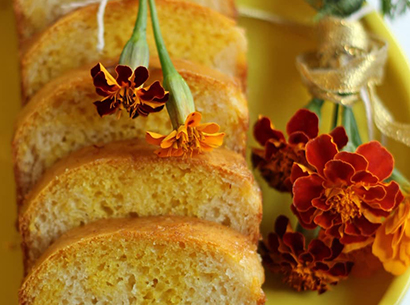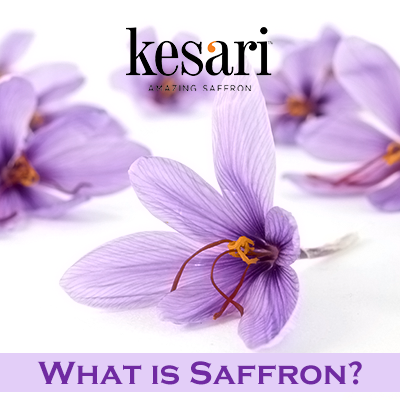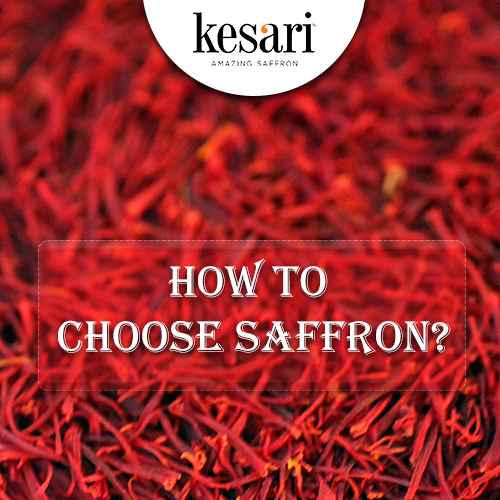Saffron Kewra Paneer Cake
Servings
Makes one 7 x 3 inch loaf – roughly 8-9 slices. is golden and white marbled tea cake with traditional flavours of saffron and kewra makes a unique addition to your festive tea party.
Ingredients
- ¾ cup maida
- ½ tsp baking powder
- ½ tsp baking soda
- ⅛ tsp
- 3 tbsp condensed milk
- 1 tbsp lemon juice
- 3 tbsp melted ghee or butter
- 4 tbsp powdered sugar
- ¼ cup milk
- 50 grams freshly made paneer
- 4-5 drops kewra water
- 5-10 Kesari Saffron Threads Buy now @ https://www.kesarisaffron.com/product/kesari-1-gram/
- For icing: 1 tbsp icing sugar, 1 tbsp milk
Method:
- In a bowl, mix together the dry ingredients.
- In another bowl, cream the condensed milk, lemon juice, melted ghee, sugar and milk.
- Mash the paneer well into a coarse paste in a small bowl and whisk it into the wet ingredients.
- Add the dry ingredients to the wet ingredients and mix gently until well combined.
- Divide this into two halves. Add kewra water to one half and Kesari Saffron Threads in the other and combine each of them well.
- Grease a small sized loaf tin (7”x3”)with melted ghee and line the bottom with a piece of parchment paper. Now we have two batters – one white and one yellow.
- Using two separate spoons, spoon the batter alternately into the loaf tin, so that we have a alternating squares of white and yellow, until all the batter is used up.
- Using a skewer or toothpick, swirl the batter in the tin into a few circles.
- Bake in a preheated oven at 180°C for 25 minutes or until a skewer comes out clean.
- Remove from oven, allow to cool in pan for 10 minutes. Remove cake from pan and cool on a wire rack for 30 minutes.
- Whisk together icing sugar and milk and spoon it over the loaf. Cut into slices and serve with a cup of tea or coffee.
Variation
Instead of Kewra, you can use vanilla extract for an unusual flavour combination.



